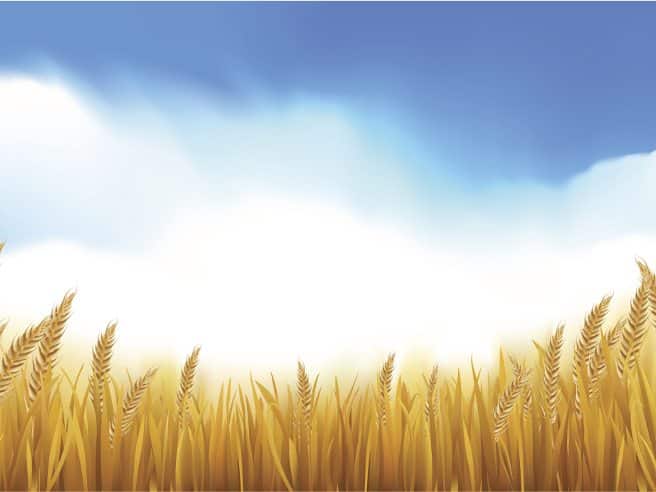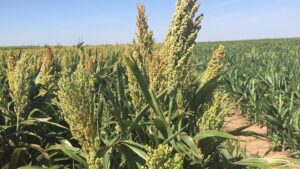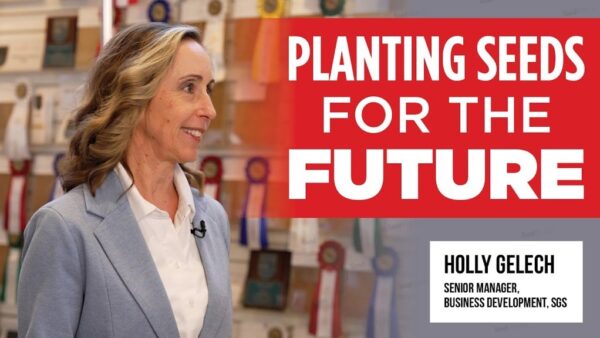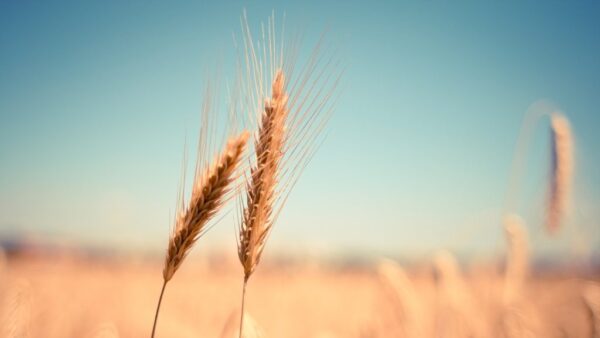The seed industry has always supported the development and introduction of new varieties for farmers, but we’ve seen this accelerate in recent years. Through various means, cereal crop breeders have been quite successful in developing varieties more quickly with higher yields, improved disease resistance, insect resistance and quality attributes.
As a result of the success we’ve seen in this area, seed companies have to multiply seed faster and, in many cases, manage much shorter variety lifecycles. This accelerated model encourages investment in the industry and allows Canada to remain a global market leader in cereals. However, this fast progress poses challenges in ensuring the industry stays up-to-date and has the resources needed to be a leader in this field.
There’s a few big things everyone in our industry can do to ensure a healthy future in crop diversity.
Promote crop rotations and sustainability. With crop rotations comes management of weeds, chemicals, fertilizer, tillage, commodity prices and the like, so all factors have to be scrutinized within that framework. Discipline to stick to your plan is also crucial. This is about setting a “balance” between various crops including cereals, pulses and oilseeds.
Stay the course and keep investing. We’ve seen incredible investment in canola, corn and soybeans over the years, and more recently in cereals. Regardless of the crop type, investment needs to occur for it to stay relevant. Farmers make many of their decisions based on production and price to determine the revenue potential of their cropping options. It’s imperative that we, as an industry, continue to invest in cereals at a pace that allows those crop types to remain financially competitive to other crops.
Educate farmers. In addition to genetics, farmers also need to consider other management practices that can be used to manage their crop types. Farmers use all of the tools in their toolbox to manage their equipment, and they should consider crop type diversity as a “tool” on their farm. There are no better stewards of the land than farmers and their families. They all know that you can’t cut corners today without some degree of risk in the future. We’re not perfect, but science and innovation will help address some of their challenges while basic management will allow farmers now and in the future to produce safe and nutritious food.
In Canada, we are lucky to have environmental conditions that allow our farmers to produce a wide range of crop types. We also have grain handlers, value-added processors and various end users that help match the diverse production to market. It’s important that our industry continues to be a leader in sustainable agriculture and environmentally conscious food production through good farming practices and to set a good example for other nations.













